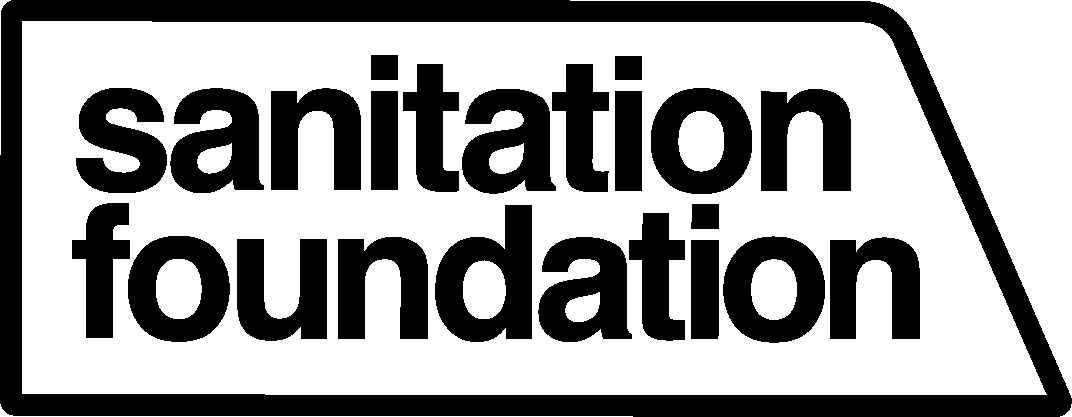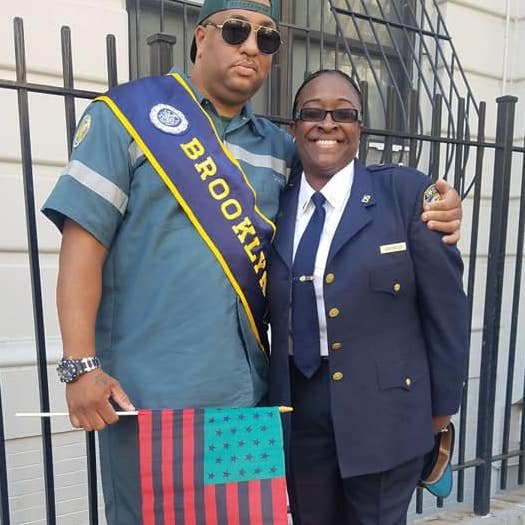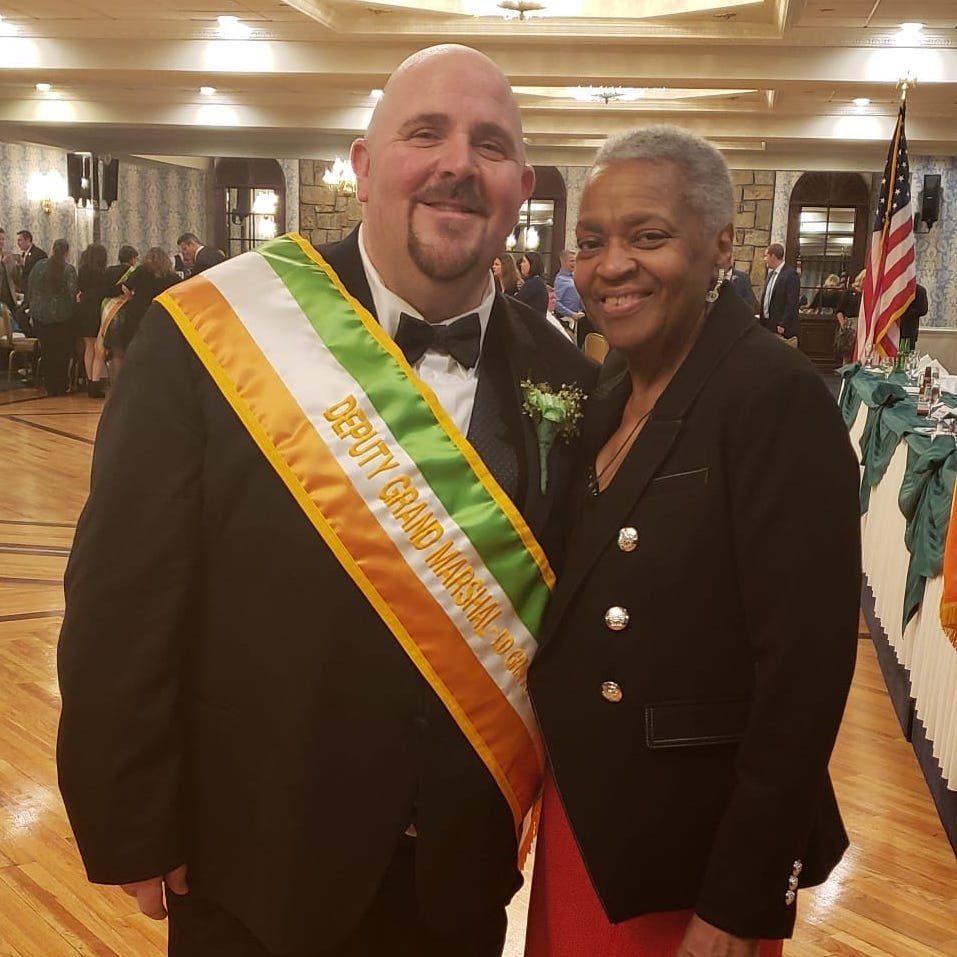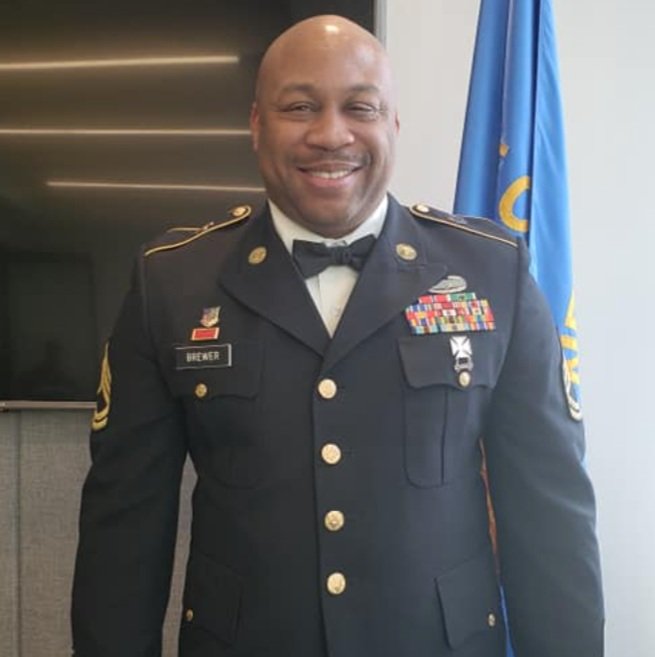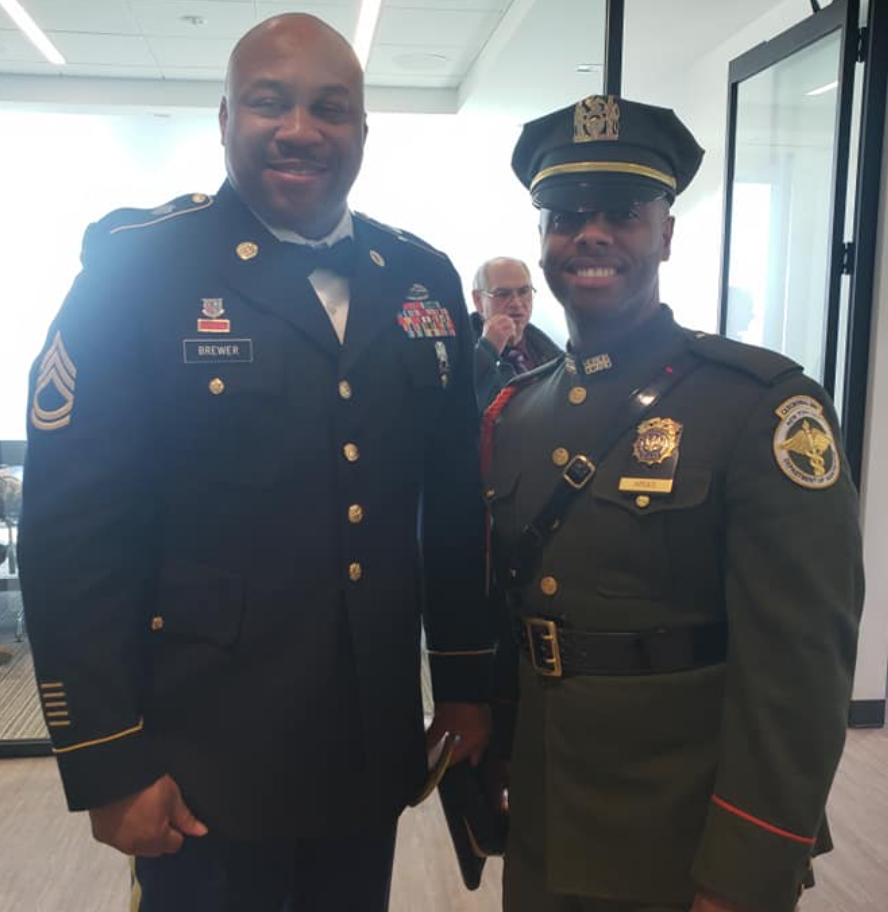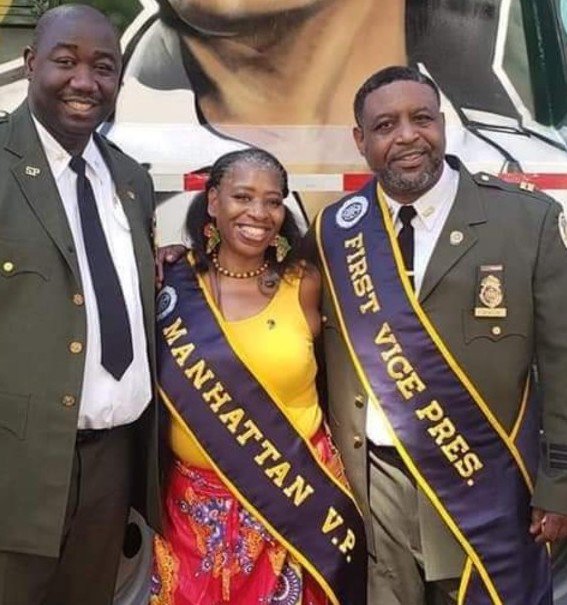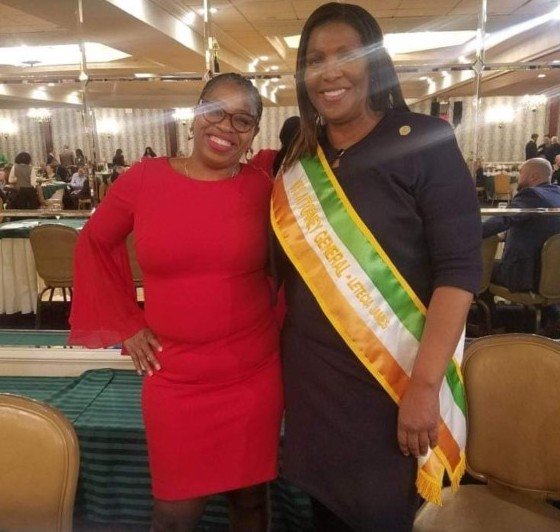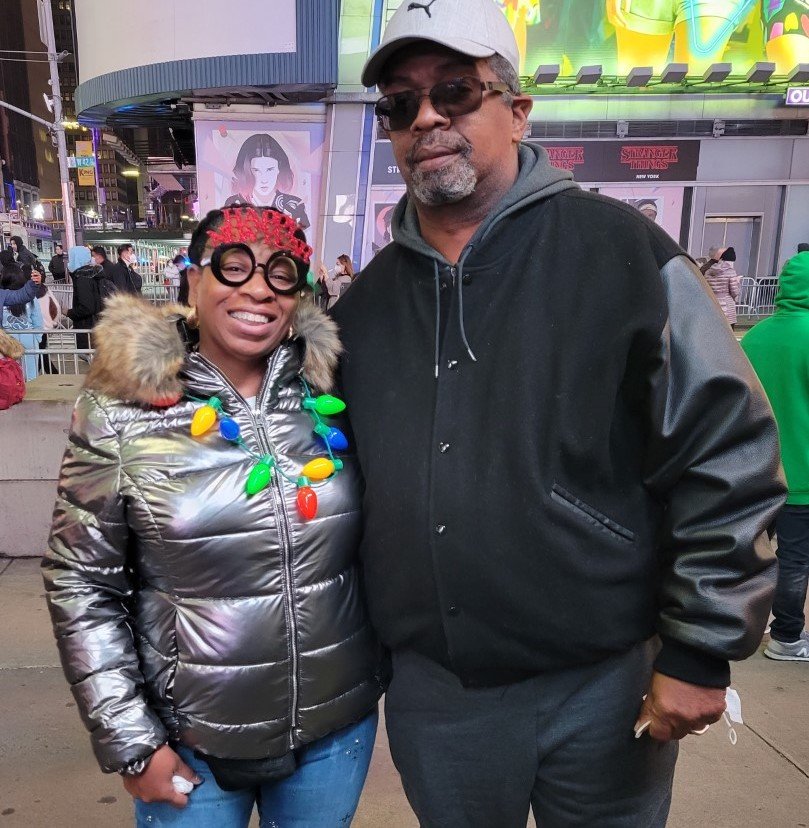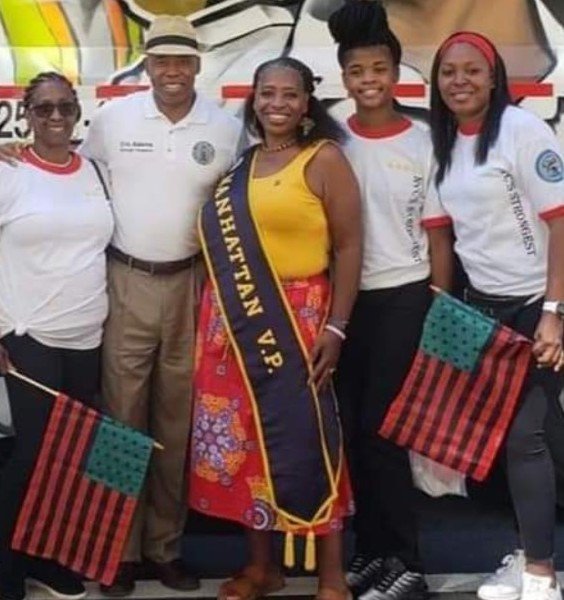In Honor of Black History Month: Learn about the DSNY African American Benevolent Society
by Sanitation Foundation Team
We were honored to sit down with Janie Nesbitt, the Manhattan Borough Vice President of the DSNY African American Benevolent Society, to hear about her pioneering career and how she supports her community.
Benevolent Societies emerged in the late 1700s as voluntary associations and mutual aid groups, where members organized around ethnic or religious identity, as well as political and occupational affinity.
Today, they are an integral community-building asset at the NYC Department of Sanitation (DSNY). As DSNY’s Anthropologist-in-Residence and Sanitation Foundation Board Member Robin Nagle puts it, Societies and Fraternals “offer tangible forms of support in navigating the job by trying to foster in their members a combination of independence, compliance, and drive that defines what they consider a successful Sanitation employee” (Nagle, pg. 212 - Picking Up). These groups used to provide early forms of medical and unemployment insurance, amongst other membership benefits, not least among them being workplace camaraderie.
Black History Month is a fitting time to honor one of DSNY’s largest benevolent societies, The African American Benevolent Society (AABS). The Sanitation Foundation team sat down with the current AABS Manhattan Borough Vice President—and Sanitation Foundation Advisory Board member—Janie Nesbitt, to learn more about the group’s history, as well as her unique experience as one of the first women working at DSNY.
In her day job, Nesbitt is the Administrative Manager & Training Coordinator assigned to the Office of Equity, Diversity & Inclusion. She has been with DSNY for an amazing 33 years. She first started as a “Shop Clerk,” after her mother saw the job posting in the newspaper. After applying through the Equal Opportunity Offices, she got the job, and was immediately assigned to Fresh Kills Landfill.
“My mom thought I was crazy to take a position at that location. Since she was a great mom, she came with me to work on my first day,” recounts Janie, who lived in the Bronx at the time. “There were hundreds of seagulls flying overhead. We made it to work on time, but after meeting with the supervisor, it was decided that it was too long of a commute on public transportation. The supervisor was impressed with my determination to travel on public transportation to get to Staten Island early in the morning, so he made a few phone calls and arranged to get me reassigned to the Bronx which was much closer to my home.”
As a Shop Clerk, it was her job to keep track of who was the driver and who was the loader of each truck, as well as log their exact collection schedule and their clock ins and outs. In the pre-Smartboard era, it was all manual; she used different colored pens for various scheduling. “It was crazy, I don’t know how we did it—everything that today we would log in a computer, was logged on a piece of paper!” She then had to read everything off on cards for people to record. It wasn’t easy!
She then began to move up the ranks. She became an instructor at the Central Repair Shop (CRS), where she led trainings for new sanitation workers. Throughout her time at DSNY, Janie has served in a number of roles, including as an Office Associate, Clerical Associate, Principal Administrative Associate, and an Administrative Manager in the Professional Development Unit run by the First Deputy Commissioner Office, before accepting her current role in the Office of Equity, Diversity, and Inclusion.
“Our unit is responsible for enforcing federal laws that make it illegal to discriminate against a job applicant or an employee. This office investigates all complaints of discrimination based on a person’s race, color, religion, sex or pregnancy, disability, or genetic information. That keeps us busy,” Janie explained. The DEI office also handles religious and medical exemptions, and currently is tasked with making sure that DSNY’s 10,000+ employee workforce is compliant with the sexual harassment certification required by the Citywide Administrative Services.
Nesbitt has first-hand experience with lack of diversity and with fighting for representation. When she first started in 1987, she says the most difficult thing was even finding a bathroom! “The only place that might have had a ladies bathroom might have been a Borough office.” But in the Bronx 3 garage where she worked, she was one of the only (if not the only) women, and shared a bathroom with the garage supervisor. Otherwise, “garage supervisors would have to find a place to lock up for her to use in the big stinky smelly place" that Janie describes as constituting the militaristic men’s bathrooms at DSNY garages in the ‘80s. She and the few other women she worked with begin fighting for women’s bathrooms.
In her role as Manhattan Borough Vice President of AABS, Janie works to foster Black representation and community within DSNY. Her work there is testament to the multifaceted and culturally vibrant work within DSNY.
AABS (The Negro Benevolent Society at the time) was founded in 1935 by the Secretary of the New York City Department of Sanitation Matthew Mapear and Deputy Commissioner Matthew Deserio in partnership with nine Black members of the Department. AABS was founded with the objective of “[fostering] a spirit of Brotherhood and Benevolence among its members; to inculcate in them a high sense of loyalty to one another and to their duties and the government; to stimulate their social, moral and intellectual advancement; to attain a greater degree of tolerance and understanding amongst themselves and other employees of Department of Sanitation; to advance the welfare and interest of its members, and elevate the social standing; to hold meetings, social gatherings, and lectures for the better realization of the above objectives, the society presents Scholarship Awards to the members children annually.”
In short, the aim was to provide its members with African-ancestry and heritage, a sense of community, identity, stability, and unity.
The original AABS members established a strong foundation for the group’s success, even going so far as to purchase and incorporate a building as an official 501(c) nonprofit, which is still being used to host meetings today. AABS is the only DSNY Benevolent Society to own its own permanent meeting space.
In 1991, the name was amended to The African American Benevolent Society. AABS has over 1000 current and retired members, and continues to grow! AABS hosts an annual black tie dinner dance in November, an annual family day BBQ in July, and they participate in the African American Day Parade in Harlem.AABS also hosts career-building opportunities for its members. “We are all about the advancement of our people, so we offer study groups for promotional exams, workshops and other events to enable them to be successful at the New York City Department of Sanitation.”
Nesbitt lists potential upcoming workshops to cover topics like computer classes, budget and credit counseling, home buying, tax preparation, retirement planning, buying or leasing a new car, as well as on nutrition and health. She also wants to build out volunteer, education, and scholarship opportunities to promote career expansion and promotions within DSNY.
Nesbitt shared that AABS is an incredibly close knit community. Outside of regular meetings, a group of AABS retirees meet on a monthly basis at a diner in Brooklyn. When the pandemic finally comes to an end, Nesbitt hopes to host more in-person community events, like picnics, sporting event watch parties, dances, dinners, galas, toy drives at holidays, and game nights for kids.
In addition to AABS, Janie is an avid zero waste advocate, who loves thrifting and composting. She also sits on the Advisory Board of the Sanitation Foundation, which she joined after seeing the Foundation’s collaboration with the designer, Heron Preston. It turns out, before coming to DSNY, Janie worked in the NYC Garment District in fashion houses, where she helped to prepare swatch boards. Seeing the Foundation combine Sanitation and Fashion Design was a full-circle moment - combining her interest in fashion with the desire to boost morale and community within the Department, while also expanding the public’s appreciation of DSNY.
We are incredibly fortunate to have Janie on the Sanitation Foundation team! As the Foundation continues its work toward achieving a shared vision with DSNY for a healthier, cleaner, more sustainable NYC, we also aim to further support and amplify AABS’ leadership in fostering a sense of community amongst members, celebrating their important contributions to the department, and advancing the City’s zero waste agenda!
For more information about AABS and its programming, visit their website and Facebook!
